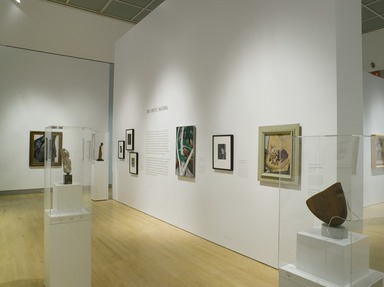

Youth and Beauty: Art of the American Twenties, October 28, 2011 through January 29, 2012 (Image: DIG_E_2011_Youth_Beauty_01_PS4.jpg Brooklyn Museum photograph, 2012)

Youth and Beauty: Art of the American Twenties, October 28, 2011 through January 29, 2012 (Image: DIG_E_2011_Youth_Beauty_02_PS4.jpg Brooklyn Museum photograph, 2012)
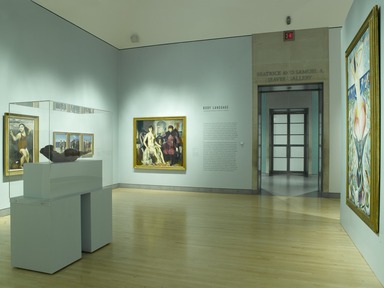
Youth and Beauty: Art of the American Twenties, October 28, 2011 through January 29, 2012 (Image: DIG_E_2011_Youth_Beauty_03_PS4.jpg Brooklyn Museum photograph, 2012)
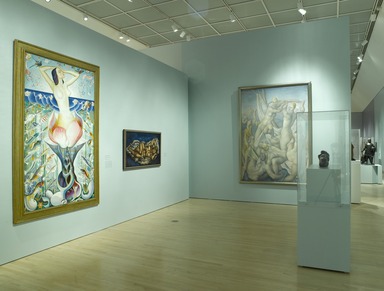
Youth and Beauty: Art of the American Twenties, October 28, 2011 through January 29, 2012 (Image: DIG_E_2011_Youth_Beauty_04_PS4.jpg Brooklyn Museum photograph, 2012)
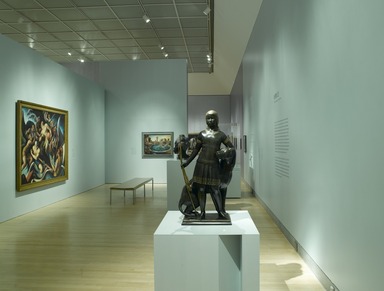
Youth and Beauty: Art of the American Twenties, October 28, 2011 through January 29, 2012 (Image: DIG_E_2011_Youth_Beauty_05_PS4.jpg Brooklyn Museum photograph, 2012)
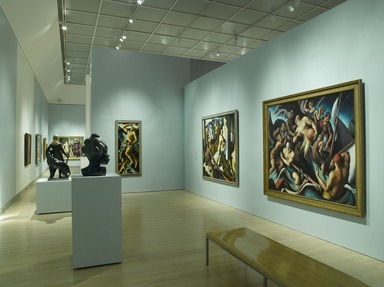
Youth and Beauty: Art of the American Twenties, October 28, 2011 through January 29, 2012 (Image: DIG_E_2011_Youth_Beauty_06_PS4.jpg Brooklyn Museum photograph, 2012)
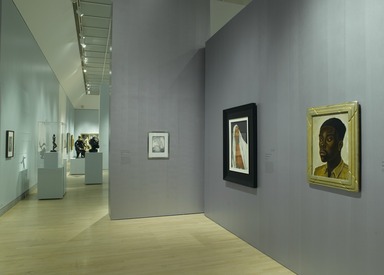
Youth and Beauty: Art of the American Twenties, October 28, 2011 through January 29, 2012 (Image: DIG_E_2011_Youth_Beauty_07_PS4.jpg Brooklyn Museum photograph, 2012)
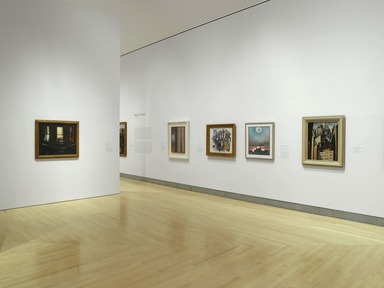
Youth and Beauty: Art of the American Twenties, October 28, 2011 through January 29, 2012 (Image: DIG_E_2011_Youth_Beauty_08_PS4.jpg Brooklyn Museum photograph, 2012)
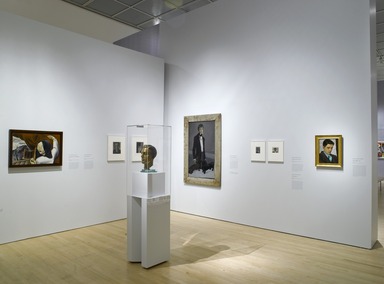
Youth and Beauty: Art of the American Twenties, October 28, 2011 through January 29, 2012 (Image: DIG_E_2011_Youth_Beauty_09_PS4.jpg Brooklyn Museum photograph, 2012)
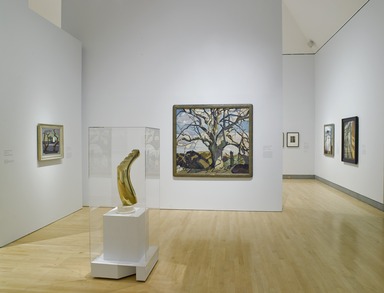
Youth and Beauty: Art of the American Twenties, October 28, 2011 through January 29, 2012 (Image: DIG_E_2011_Youth_Beauty_10_PS4.jpg Brooklyn Museum photograph, 2012)
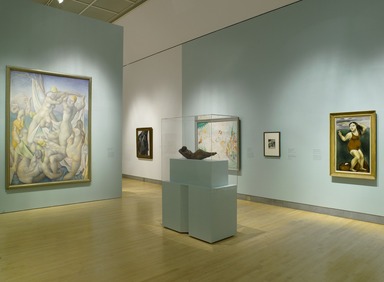
Youth and Beauty: Art of the American Twenties, October 28, 2011 through January 29, 2012 (Image: DIG_E_2011_Youth_Beauty_11_PS4.jpg Brooklyn Museum photograph, 2012)
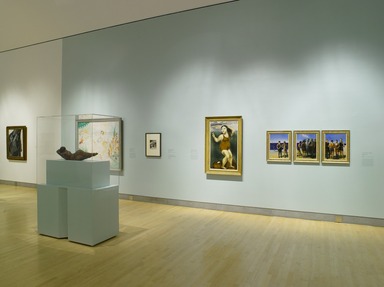
Youth and Beauty: Art of the American Twenties, October 28, 2011 through January 29, 2012 (Image: DIG_E_2011_Youth_Beauty_12_PS4.jpg Brooklyn Museum photograph, 2012)
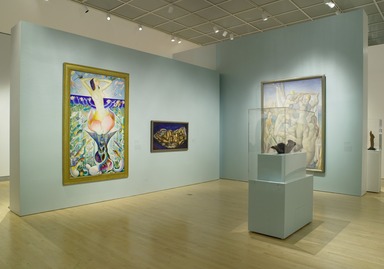
Youth and Beauty: Art of the American Twenties, October 28, 2011 through January 29, 2012 (Image: DIG_E_2011_Youth_Beauty_13_PS4.jpg Brooklyn Museum photograph, 2012)
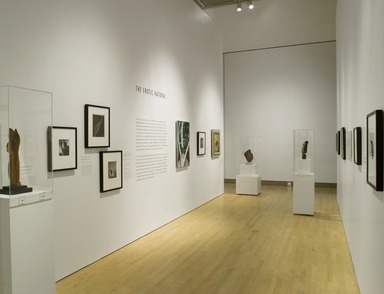
Youth and Beauty: Art of the American Twenties, October 28, 2011 through January 29, 2012 (Image: DIG_E_2011_Youth_Beauty_14_PS4.jpg Brooklyn Museum photograph, 2012)

Youth and Beauty: Art of the American Twenties, October 28, 2011 through January 29, 2012 (Image: DIG_E_2011_Youth_Beauty_15_PS4.jpg Brooklyn Museum photograph, 2012)
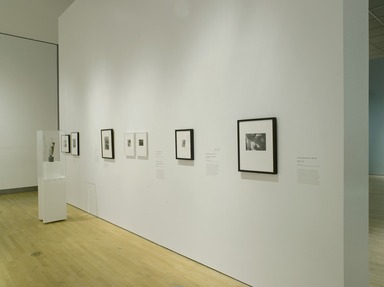
Youth and Beauty: Art of the American Twenties, October 28, 2011 through January 29, 2012 (Image: DIG_E_2011_Youth_Beauty_16_PS4.jpg Brooklyn Museum photograph, 2012)
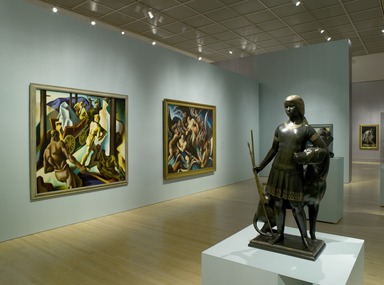
Youth and Beauty: Art of the American Twenties, October 28, 2011 through January 29, 2012 (Image: DIG_E_2011_Youth_Beauty_17_PS4.jpg Brooklyn Museum photograph, 2012)
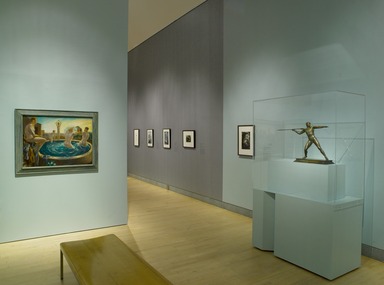
Youth and Beauty: Art of the American Twenties, October 28, 2011 through January 29, 2012 (Image: DIG_E_2011_Youth_Beauty_18_PS4.jpg Brooklyn Museum photograph, 2012)
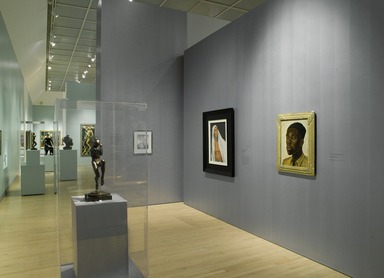
Youth and Beauty: Art of the American Twenties, October 28, 2011 through January 29, 2012 (Image: DIG_E_2011_Youth_Beauty_19_PS4.jpg Brooklyn Museum photograph, 2012)
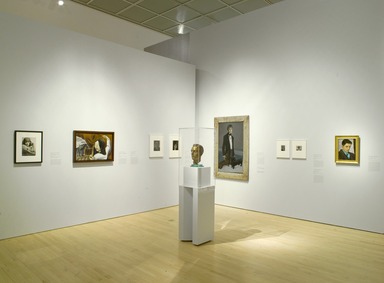
Youth and Beauty: Art of the American Twenties, October 28, 2011 through January 29, 2012 (Image: DIG_E_2011_Youth_Beauty_20_PS4.jpg Brooklyn Museum photograph, 2012)
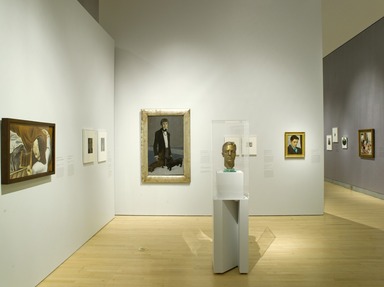
Youth and Beauty: Art of the American Twenties, October 28, 2011 through January 29, 2012 (Image: DIG_E_2011_Youth_Beauty_21_PS4.jpg Brooklyn Museum photograph, 2012)

Youth and Beauty: Art of the American Twenties, October 28, 2011 through January 29, 2012 (Image: DIG_E_2011_Youth_Beauty_22_PS4.jpg Brooklyn Museum photograph, 2012)
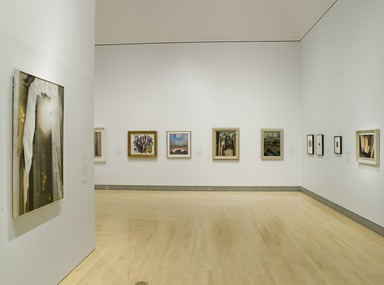
Youth and Beauty: Art of the American Twenties, October 28, 2011 through January 29, 2012 (Image: DIG_E_2011_Youth_Beauty_23_PS4.jpg Brooklyn Museum photograph, 2012)
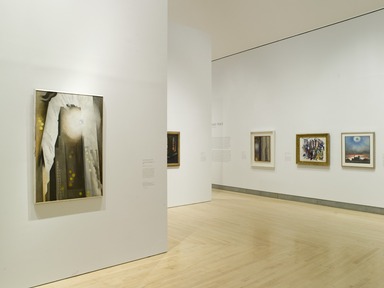
Youth and Beauty: Art of the American Twenties, October 28, 2011 through January 29, 2012 (Image: DIG_E_2011_Youth_Beauty_24_PS4.jpg Brooklyn Museum photograph, 2012)
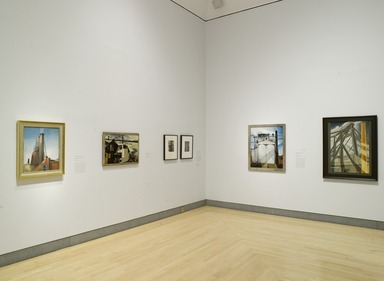
Youth and Beauty: Art of the American Twenties, October 28, 2011 through January 29, 2012 (Image: DIG_E_2011_Youth_Beauty_25_PS4.jpg Brooklyn Museum photograph, 2012)
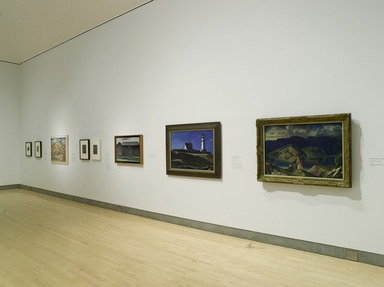
Youth and Beauty: Art of the American Twenties, October 28, 2011 through January 29, 2012 (Image: DIG_E_2011_Youth_Beauty_26_PS4.jpg Brooklyn Museum photograph, 2012)
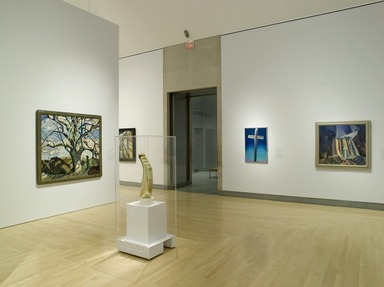
Youth and Beauty: Art of the American Twenties, October 28, 2011 through January 29, 2012 (Image: DIG_E_2011_Youth_Beauty_27_PS4.jpg Brooklyn Museum photograph, 2012)

Youth and Beauty: Art of the American Twenties, October 28, 2011 through January 29, 2012 (Image: DIG_E_2011_Youth_Beauty_28_PS4.jpg Brooklyn Museum photograph, 2012)
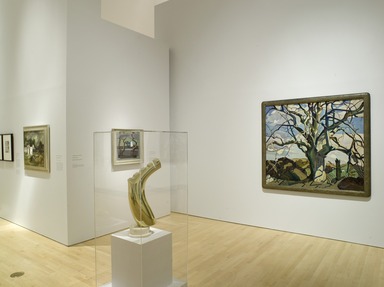
Youth and Beauty: Art of the American Twenties, October 28, 2011 through January 29, 2012 (Image: DIG_E_2011_Youth_Beauty_29_PS4.jpg Brooklyn Museum photograph, 2012)
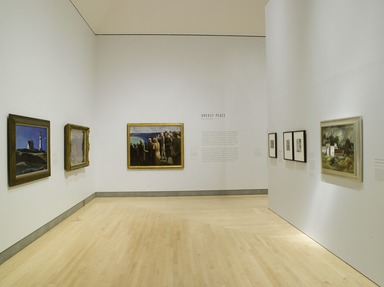
Youth and Beauty: Art of the American Twenties, October 28, 2011 through January 29, 2012 (Image: DIG_E_2011_Youth_Beauty_30_PS4.jpg Brooklyn Museum photograph, 2012)
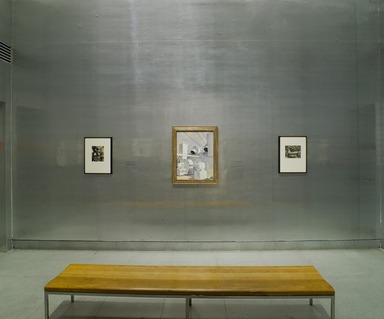
Youth and Beauty: Art of the American Twenties, October 28, 2011 through January 29, 2012 (Image: DIG_E_2011_Youth_Beauty_31_PS4.jpg Brooklyn Museum photograph, 2012)
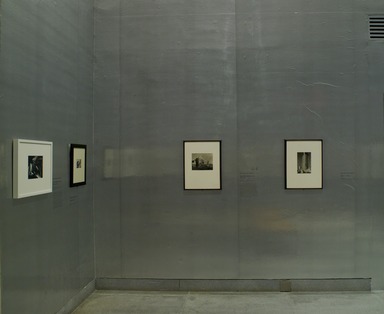
Youth and Beauty: Art of the American Twenties, October 28, 2011 through January 29, 2012 (Image: DIG_E_2011_Youth_Beauty_32_PS4.jpg Brooklyn Museum photograph, 2012)
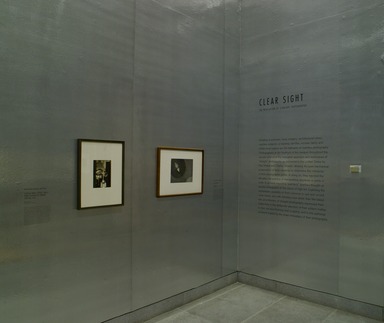
Youth and Beauty: Art of the American Twenties, October 28, 2011 through January 29, 2012 (Image: DIG_E_2011_Youth_Beauty_33_PS4.jpg Brooklyn Museum photograph, 2012)
Youth and Beauty: Art of the American Twenties
-
YOUTH & BEAUTY Art of the American Twenties
Few moments in American cultural history are as readily recognized as the “roaring” twenties—their mere mention conjures dynamic images of flappers, Fords, and skyscraper cities. And yet, American artists responded to this dizzying new modern world with art that evoked stillness, clarity, and order. The works on view in these galleries, all dating from 1920 to 1929, represent the efforts of sixty-seven painters, sculptors, and photographers to express their individual responses to the cultural upheaval that occurred in the interval framed by the aftermath of the Great War and the onset of the Great Depression. Confronted with a population and an environment that was newly, and permanently, altered by a sweeping wave of mechanization and urbanization, artists coined a lean modern realism to process an overwhelming barrage of stimuli and to create something authentic and grounded. Though long perceived as entirely conventional, this new brand of realism is tellingly inscribed with the dislocations and adaptive struggles of the individual in a profoundly changed world. One quickly comes to recognize works of American art created during the decade of the twenties. They are objects in which opposites appear to meet and recombine: formal perfection with blunt immediacy; visual clarity with an erasure of detail. In the new realism that typified American art of the decade, liberated modern bodies resonate with classical ideals, the teeming modern city is rendered empty and silent, and still life is pared to an essentialized clarity. Rising to a self-imposed challenge, American artists sought to be vividly present and emphatically modern—to extend, in the words of Thomas Hart Benton, “new feelers for new realities.” Their modernity was evinced, above all, in a desire for direct engagement, a faith in the potency of youth, and a belief in the sustaining value of beauty.
Teresa A. Carbone
Andrew W. Mellon Curator of American Art -
BODY LANGUAGE Liberation and Restraint in Twenties Figuration
Throughout the twenties, American artists, as never before, addressed the physical fact of the human body in a stunning array of subjects. Conditioned by popularized theories of “healthy-body culture” and Freudian psychoanalysis, and by the newly body-centric advertising and motion-picture industries, this generation embraced ideals of physical perfection and sexual liberation, and represented the human form unmasked and at close range. Equally mindful of the increasingly pernicious effect of machines on American lives and bodies, they created figural art that was deliberately natural in its emulation of the precisely graceful lines and polished volumes of Italian Renaissance models.
While paralleling the contemporaneous European style known as the “call to order,” which has been interpreted as a response to the horrors and destabilization wrought by the First World War, the idealized realism of these American figure subjects speaks less of postwar recuperation than of liberation—the physical and sensual American body freed from restrictions. And yet, American figurative art of the twenties is insistently restrained—stilled and weighty—especially in the context of the accelerated energy and activity of a new, urban-industrial consumer society. Its modernity lies precisely in this uneasy reconciliation of liberation and restraint. The exposed body was the source of both euphoria and apprehension during the twenties: the body was judged as often as it was celebrated. While the decade’s figurative art rarely presented overtly moralizing narratives, it was deeply invested with the idea of a “right” kind of body presence: an emphatic but disciplined physicality that was described at the time as “clean.” The twenties motif in which these qualities merged most naturally was that of the modern swimmer or bather, who appears fit, pristine, and boldly exposed. -
THE EROTIC NATURAL
Throughout the twenties, many American artists sought a new and liberating aesthetic with natural physicality as its ideal. At the same time, they averted their attention from the explicit sexuality that was increasingly a feature of popular culture. Seeking more subtle ways to “dip down into the living stuff,” in the words of the writer Sherwood Anderson, they suggested physical intimacy through images that conveyed an attentive proximity to the body or presented suggestive natural forms as bodily surrogates. Addressing the vibrant physical presence of limbs, torsos, leaves, flowers, and shells, artists suggested an alternative to a numbed and routinized modern existence.
The intense observation behind the creation of these works—a reckoning with vivid living forms and physical interconnectedness—established the artistic process itself as natural, active, and sensual. With this in mind, twenties artists extended the use of the word clean to denote the directness and honesty of their personal experience, their creative process, and their visual expression. The representation of revelatory contact with the living world remained pivotal to their personal and artistic liberation during the twenties. -
HEROICS Power, Movement, and the New Body
Every aspect of modern life posed challenges to the physical integrity of the body. For an American population that was, for the first time, more urban than rural, and whose physical routines were dramatically reformulated by automated labor and travel, as well as by modern eating habits and processed foods, new concerns arose about how to relieve and rejuvenate overtaxed, overstimulated bodies and brains. Amid this dilemma, artists celebrated the heroic human form in art that suggested the ideal body’s potential force and dynamism. While inspired by sources in classical and Renaissance art, these works also shared an investment in the restoration of bodily wholeness that must be viewed against the backdrop of the devastation recently wrought by World War I.
American artists represented the body empowered not only by its ideal physique but also by new and liberating forms of dance performed in outdoor theaters, on burlesque stages, and in urban nightclubs. Liberated by unfettered modern styles or nearly nude, bodies were transformed by choreographies based in exuberantly unrestricted movement. As swimsuits revealed arms and legs, new dances proved that those limbs could move freely and with abandon. -
MODERNITY AT THE KITCHEN TABLE American Still Life in the Twenties
In the twenties, still life became a favorite genre for localizing, or bringing close to home, the pressures and pleasures of modernity. William Carlos Williams, a leading twenties poet famous for his imperative “no ideas but in things” and for his insistence on an American idiom, understood still life’s potential to express not only personal feeling but the individual’s relationship to the dynamic American environment. This same desire to explore ideas in things, the universal in the local, motivated many of the still-life artists of the twenties.
American still life of the twenties often suggests the tensions then building within modern everyday life: an increasingly industrialized America intruding on an older agrarian tradition; or a new erotic openness and assertive self-fashioning unsettling conventional codes of beauty, modesty, and social interaction. For the first time in American art, manufactured soup cans, safety razors, and cocktail shakers competed with the natural forms of eggs, apples, and calla lilies for a role in the paintings and photographs that embodied modern habits and values. In these distilled and meticulously described formal arrangements, artists sometimes harmonized prevailing frictions and at other times exposed the era’s more anxious energy. -
CLOSE-UPS Scrutiny, Perfection, and the Twenties Portrait
Although the all-consuming preoccupation with the body would seem to have left little room for consideration of the face, portraits were a vital aspect of twenties art. Taking a cue from advertising and the movies, these images fixed on the close-up as the new portrait form of choice. Whether in the context of a cosmetics ad or a refined commissioned portrait, modern close-up portraits participated in the exacting new standards of external beauty, and they often suggested the process of self-scrutiny that these standards required.
The modern close-up, through which artists attempted to see further “into” their subjects, also implied a deeper level of contact with an individual. Photographers, in particular, empowered by their cameras and the new straight photographic aesthetic, aimed for proximity and clarity as markers of visual truth. It was, of course, entirely in keeping with the age of Freud that an external likeness was considered to offer only a hint of the complex psyche of any individual. The knowledge that there was more than meets the eye may have been what motivated so many artists to create portraits that conveyed reserve or inaccessibility. One might study a face with the expectation of discovery, but that discovery was likely to be incomplete. -
SILENT PICTURES Encounters with a Remade World
Throughout the twenties, cities and their outskirts were changing radically before the eyes of their inhabitants. Unsettled by their altered world and its difference from the mostly rural, traditional environments in which they had been raised, artists shifted uneasily between a brave embrace of the exciting new urban-industrial realities of scale, speed, and sound, and a visceral revulsion toward the same. Skyscrapers and industrial structures were awe-inspiring in their machined precision and lofty functionality, but urban crowding and the human toll of the punishing effects of mechanized labor were equally pressing realities. In their effort to respond to this proliferating new environment, visual artists, unlike the decade’s writers, edited out the crowds, clamor, and conflict, and only rarely represented the inhabitants of the American environment. Most embraced a reductive realism that transformed the daunting modern world into something more contained and knowable, even as cultural critics debated the impact of urban and industrial expansion on the individual and society.
In this changing climate, critics and observers expected American artists to infuse their machine-age subjects with their own personal experience—to overcome, in a sense, the modern engineer’s denial of the natural or the intuitive. Artists conveyed their humanity and individuality in part through the vacancy and stillness that is a persistent feature of these works. Whether vertiginous visions of upward-surging skyscrapers or grounded perspectives of urban streets, these controlled and refined compositions suggest the desire to sustain an individualized life within the cacophonous universe of modern America. -
UNEASY PEACE Views from the Road
In the rare instances when young American artists represented figures in the landscape, the people tend to appear ill at ease in their surroundings or distanced as spectators. Encounters with the American landscape were reshaped in the twenties by the new ubiquity of automobiles (numbering 23 million by 1930) and the ninety-six thousand miles of national highway, created from 1921 to 1927, that transformed motoring into a necessity and a national pastime. While the automobile is virtually absent from American art of the decade, its presence is implied.
For many Americans in the twenties, small villages and country settings offered respite from the noise, grit, and impersonality of the cities and industrial towns where they spent most of their time. Artists who sought a more authentic existence rooted in natural cadences and simple values were challenged to recast the subject matter of rural America in a formal language that conveyed both modernity and individuality. The spare and lucid realism they preferred was praised for its telling austerity and for its resonance with the naïve art of the country’s early American past. -
CLEAR SIGHT The Revelation of Straight Photography
Whether in portraits, body imagery, architectural views, machine subjects, or tabletop still lifes, incisive clarity and infinite tonal nuance are the hallmarks of twenties photography. Photographers at the forefront of the medium throughout the decade embraced the innovative approach and techniques of “straight” photography as pioneered in the United States by Paul Strand and Charles Sheeler, allowing the pure mechanical propensities of their cameras to determine the character of their photographic prints. In doing so, they rejected the decades-old practice of manipulating negatives or prints in order to achieve evocative “painterly” qualities thought to elevate photography to the status of high art. Exploiting the remarkable capability of their cameras to see and record more clearly, and with infinitely more detail, than the naked eye, practitioners of straight photography expressed their subjectivity in the deliberate selection of their subject matter, in their decisive framing and cropping, and in the authorial presence implied by the sheer immediacy of their photographs.
